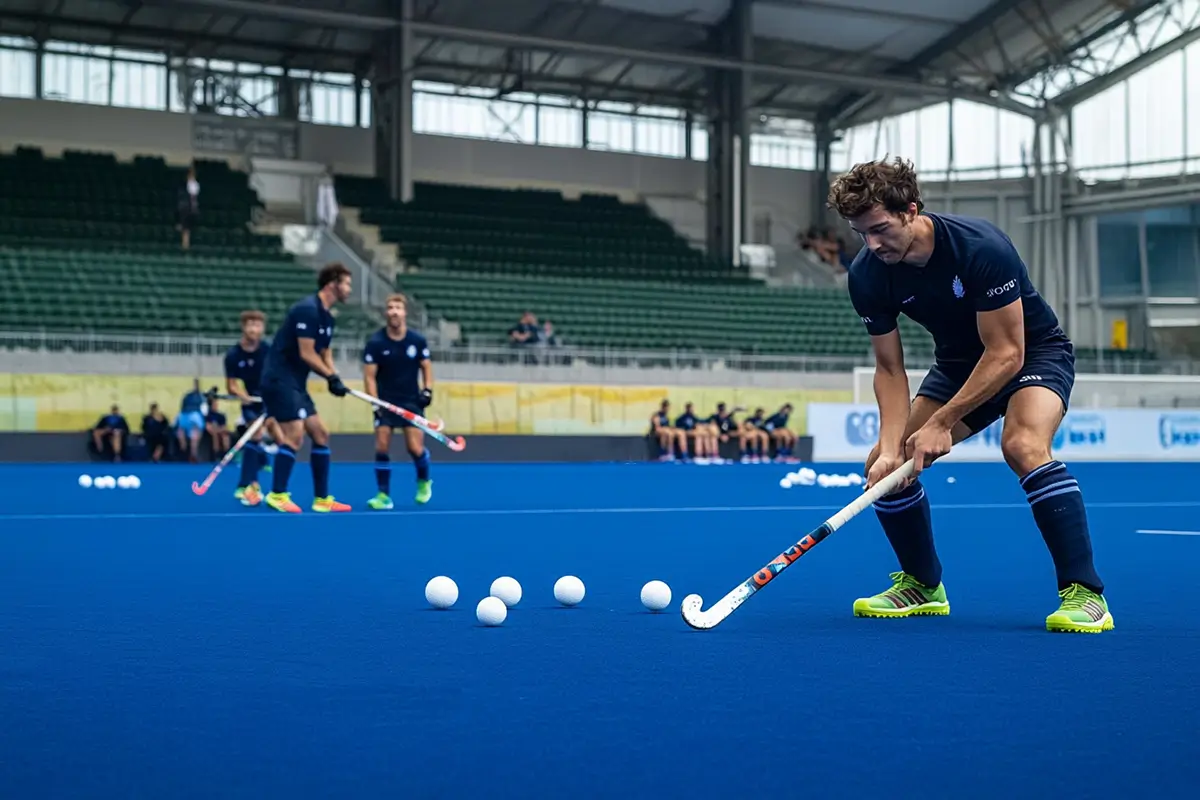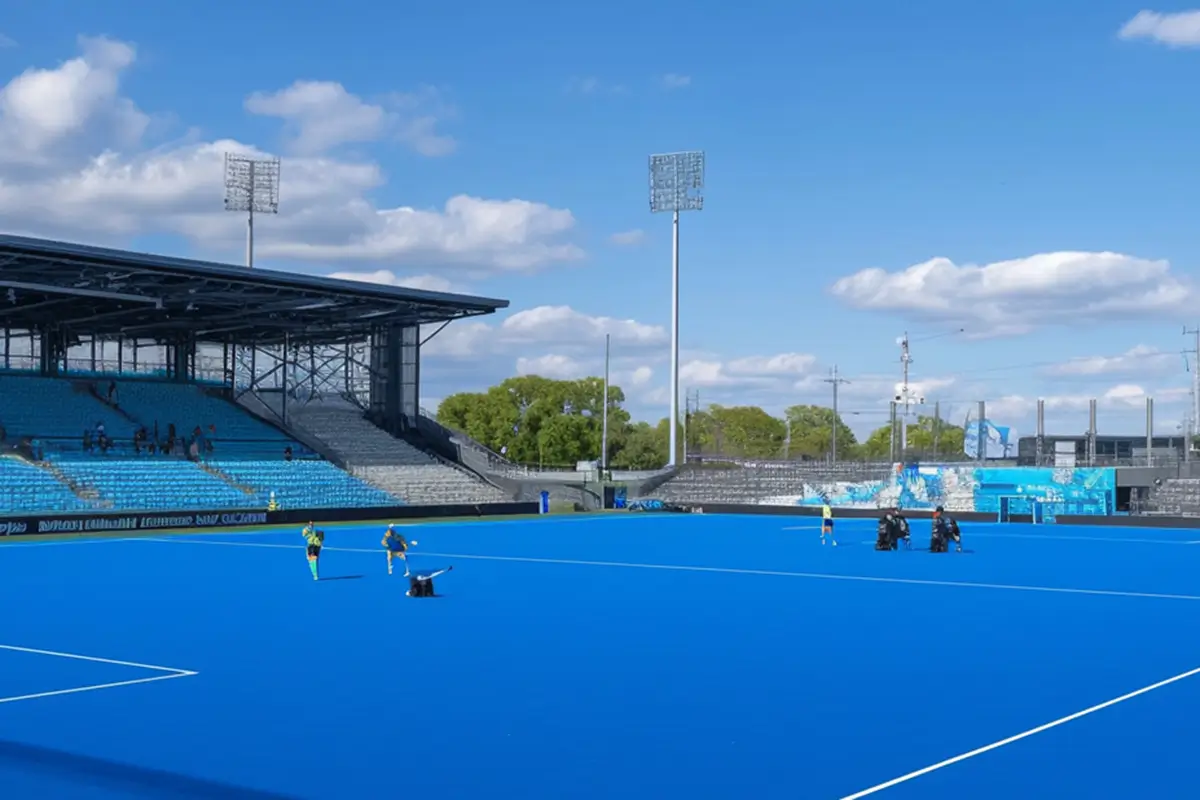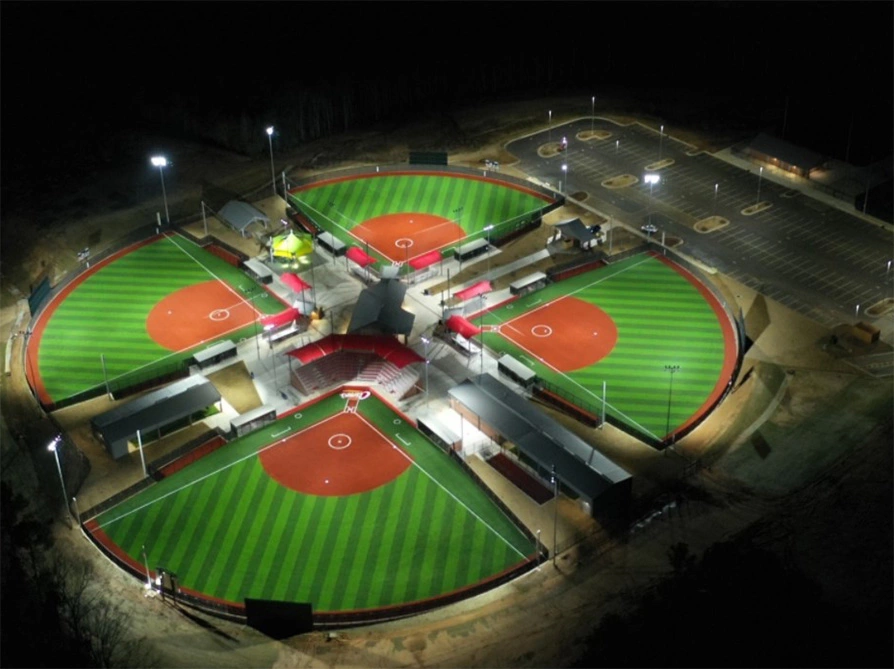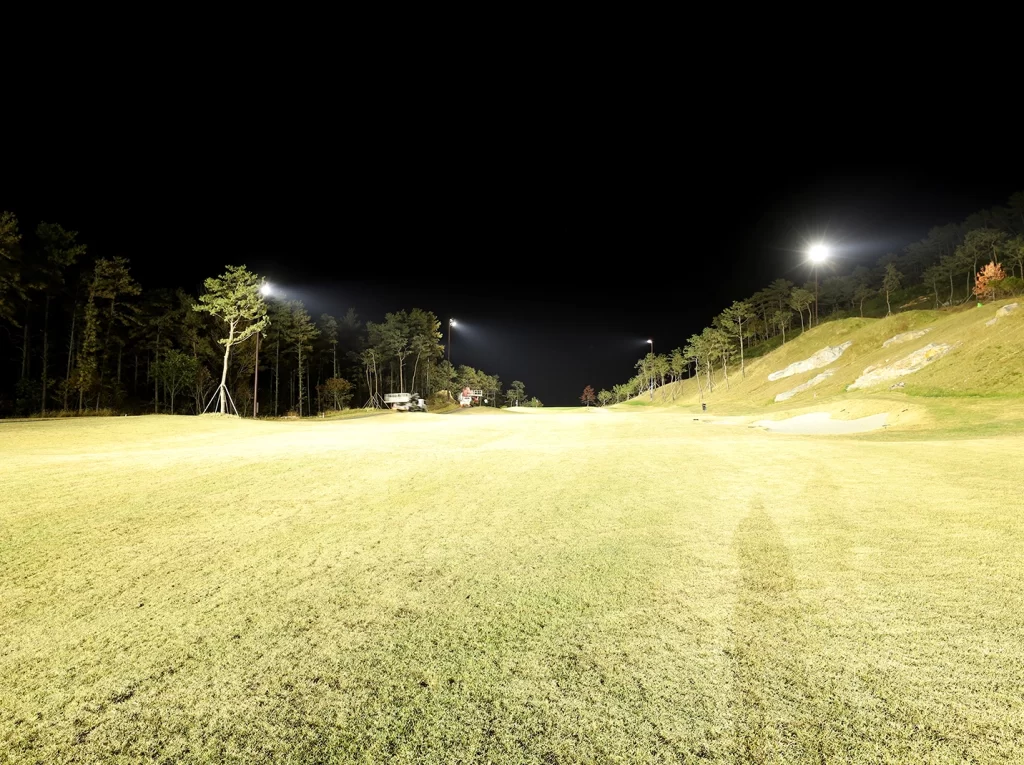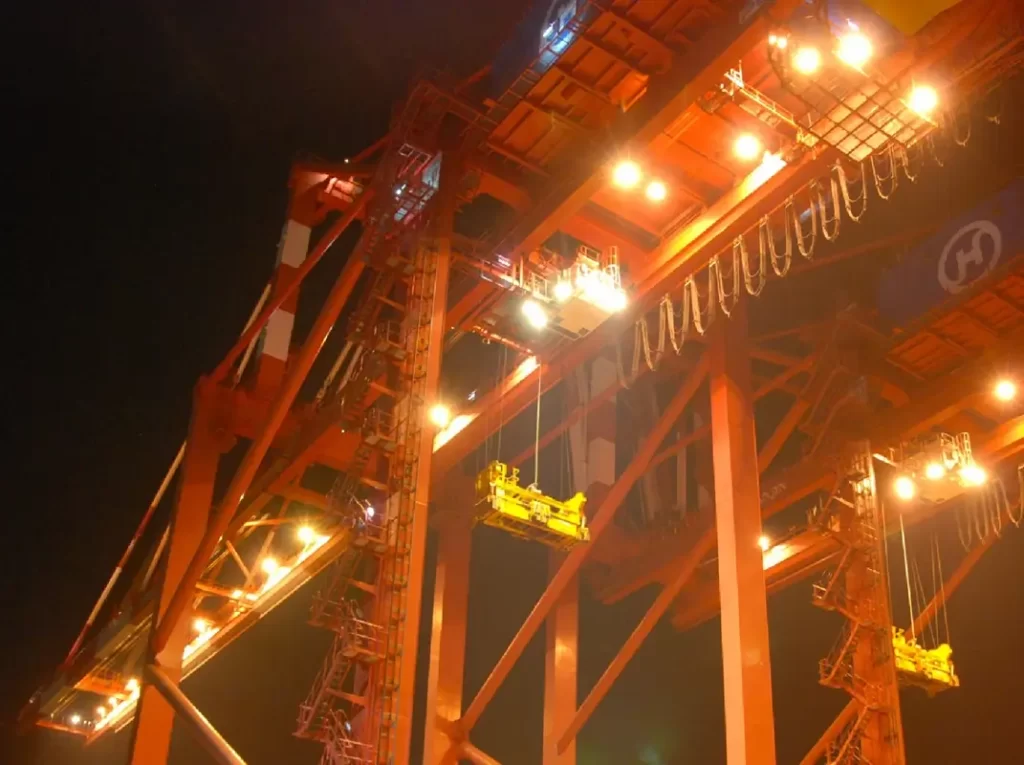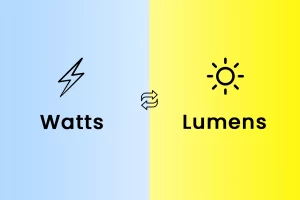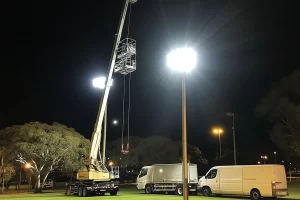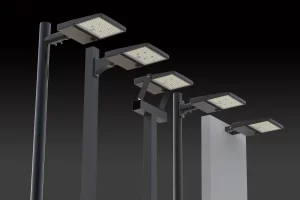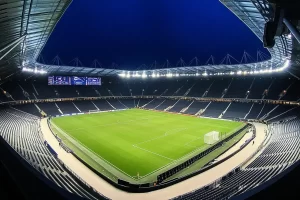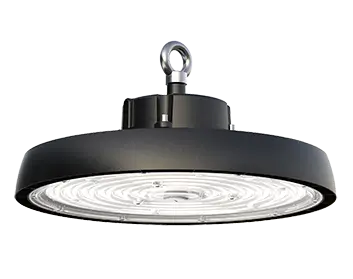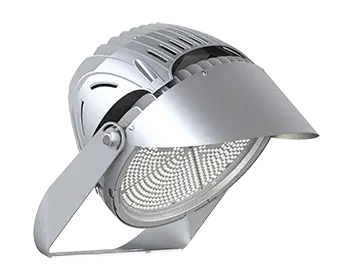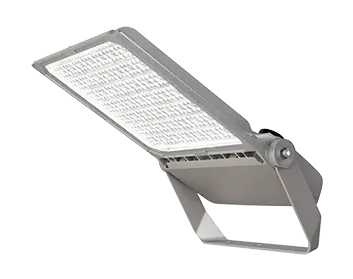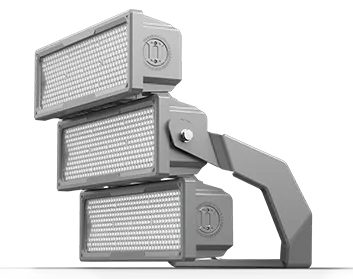Hockey is a dynamic sport that requires a combination of technical skills, physical endurance, and mental agility. Players train relentlessly to master dribbling, shooting, and teamwork. However, one often overlooked factor in achieving success on the hockey field is the quality of field lighting. Proper lighting is critical not only for ensuring safe playing conditions but also for enhancing the overall training and gameplay experience. This article delves into the essentials of hockey training and highlights why investing in advanced field lighting systems is key to unlocking players’ full potential.
Core Aspects of Hockey Training
1. Endurance and Stamina Training
Endurance is a cornerstone of hockey training. Players need to maintain high levels of energy throughout a fast-paced game. To build this endurance, training routines often include a mix of long-distance running, interval sprints, and high-intensity drills. Off-field cardio exercises, such as cycling and swimming, are also incorporated to improve stamina without the strain of continuous running.
2. Speed and Agility Development
Hockey players must be quick on their feet and nimble with their movements. Agility training focuses on improving footwork and body control. Incorporating exercises like shuttle runs, cone drills, and ladder drills helps players enhance their quickness and direction changes. The ability to accelerate, decelerate, and change direction rapidly is crucial in creating scoring opportunities and outmaneuvering opponents.
3. Stick Skills and Ball Control
Mastering stickhandling and ball control is essential for success in hockey. Training drills that emphasize precise passing, quick ball recovery, and shooting accuracy are necessary for honing these skills. Players often practice dribbling through obstacle courses and work on one-touch passing to improve reaction times. Consistent repetition is key to embedding muscle memory for seamless ball handling during real-time gameplay.
4. Tactical Play and Team Coordination
While individual skills are crucial, hockey is ultimately a team sport. Tactical awareness and coordination are developed through regular scrimmage sessions, where players practice positioning, formations, and communication. Coaches use these sessions to teach players when to attack, defend, or transition quickly between the two. Watching and analyzing game footage is another important aspect of tactical training, helping players understand their roles in different game scenarios.
5. Injury Prevention and Recovery
Hockey places a high demand on players’ bodies, making injury prevention a top priority in training programs. Stretching routines, strength training, and recovery sessions are integrated to minimize the risk of injury. Additionally, recovery methods such as ice baths, massages, and compression gear are used to help athletes recover faster and avoid fatigue-related injuries.
The Impact of Proper Field Lighting on Hockey Training
While training techniques are the foundation of a player’s development, the environment in which they train can significantly influence their performance. One key environmental factor is the lighting quality of the field. Proper field lighting not only enhances visibility but also improves safety and overall training effectiveness.
Enhanced Player Focus and Visibility
Effective field lighting ensures players can see the entire field clearly, even during evening or night-time sessions. Hockey is a fast-paced sport, and players need to track the ball, their teammates, and opponents in real time. Poor lighting can lead to misjudgments, mistimed passes, and reduced accuracy. High-quality lighting ensures every corner of the field is well-lit, allowing players to focus on their game without the distraction of dimly lit areas or shadows.
Increased Safety and Injury Prevention
Safety is a major concern in sports, especially in a high-contact game like hockey. Inadequate lighting can increase the risk of collisions, slips, and falls. Players are more likely to miss the ball or misjudge distances in low-light conditions, leading to unnecessary accidents. Proper field lighting helps mitigate these risks by illuminating the entire playing surface, ensuring that players can see obstacles, boundaries, and each other clearly.
Extended Training Hours
One of the most significant benefits of installing high-quality lighting systems is the ability to extend training hours. Teams no longer need to rely solely on daylight, allowing for evening practices and games. This is particularly beneficial for teams that have tight schedules or need to train during the shorter days of winter. The ability to train in the evening without compromising visibility or safety is a game-changer for both professional and amateur teams.
Better Performance During Night Games
In many cases, competitive hockey matches are scheduled at night, making field lighting essential. High-quality lighting not only ensures players can perform at their best but also enhances the viewing experience for spectators. A well-lit field allows fans to follow the action easily, while television broadcasts benefit from clear, bright visuals that showcase the game in all its excitement. For teams, playing under optimal lighting conditions can boost morale and performance.
Key Considerations for Hockey Field Lighting Systems
When selecting a lighting system for a hockey field, several factors need to be considered to ensure optimal performance and cost-effectiveness.
Brightness and Uniformity
Field lighting should be evenly distributed across the playing surface, with no dark spots or overly bright areas that could impair visibility. The ideal lighting levels for hockey fields range from 200 to 300 lux for training sessions and 500 to 750 lux for competitive matches. Achieving uniform brightness is essential for ensuring all players have the same level of visibility, no matter where they are on the field.
LED Technology
Modern LED lighting systems are the most energy-efficient option for sports fields. LED lights consume significantly less energy than traditional halogen or metal halide lamps, resulting in lower operational costs. They also offer a longer lifespan and require less maintenance, making them a cost-effective choice in the long run. Additionally, LED lighting provides brighter and more consistent illumination, which is ideal for hockey’s fast-paced gameplay.
Weather Resistance and Durability
Outdoor lighting systems need to be durable enough to withstand various weather conditions, including rain, wind, and extreme temperatures. Choosing lighting fixtures made from robust, weather-resistant materials ensures they will function optimally for years to come. Waterproofing and corrosion-resistant designs are important considerations when selecting lighting for outdoor hockey fields.
Energy Efficiency and Control Systems
Advanced lighting systems come with smart controls, allowing teams to adjust lighting levels as needed. Motion sensors, dimmers, and programmable lighting schedules help conserve energy when the field is not in use. This not only reduces operational costs but also contributes to sustainability efforts by lowering the environmental impact.
Conclusion
Hockey training is a demanding process that requires not just the right skills and techniques but also the proper environment to thrive. High-quality field lighting is an often underappreciated factor that can significantly enhance training effectiveness and player performance. By investing in superior lighting systems, hockey teams can improve player safety, extend training hours, and create an ideal setting for both practice and competition. As the sport continues to evolve, integrating modern lighting solutions will be key to supporting the next generation of hockey stars.


